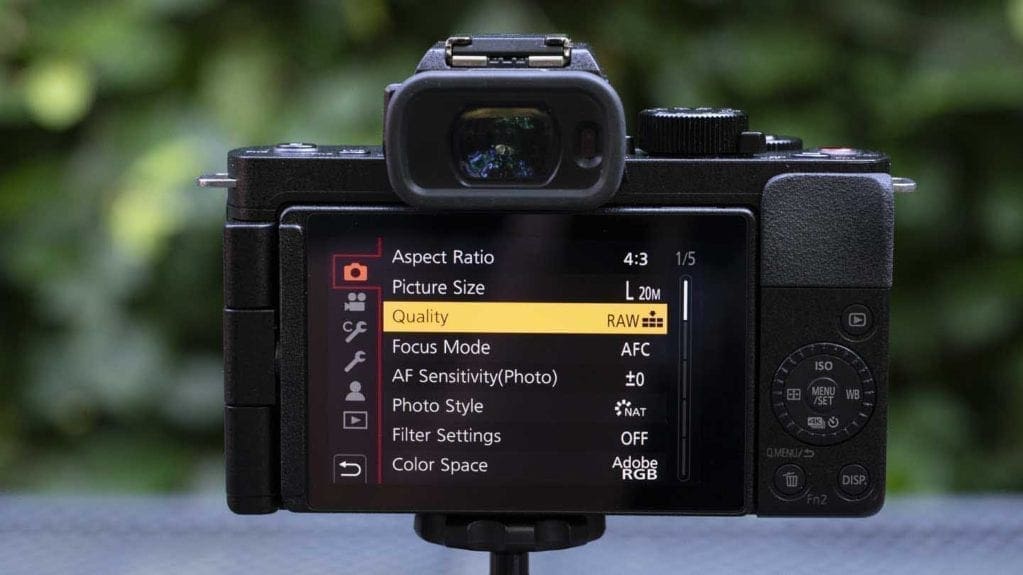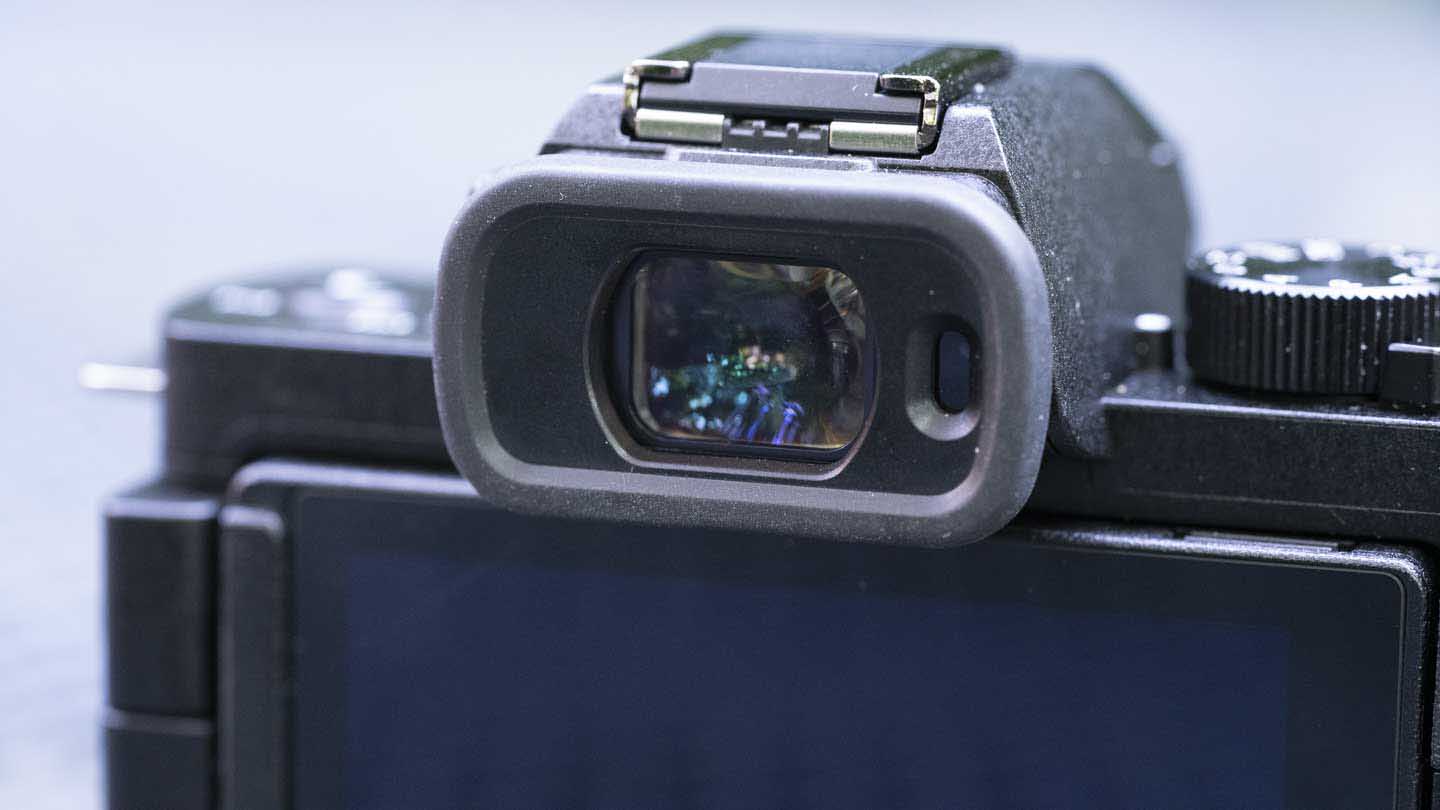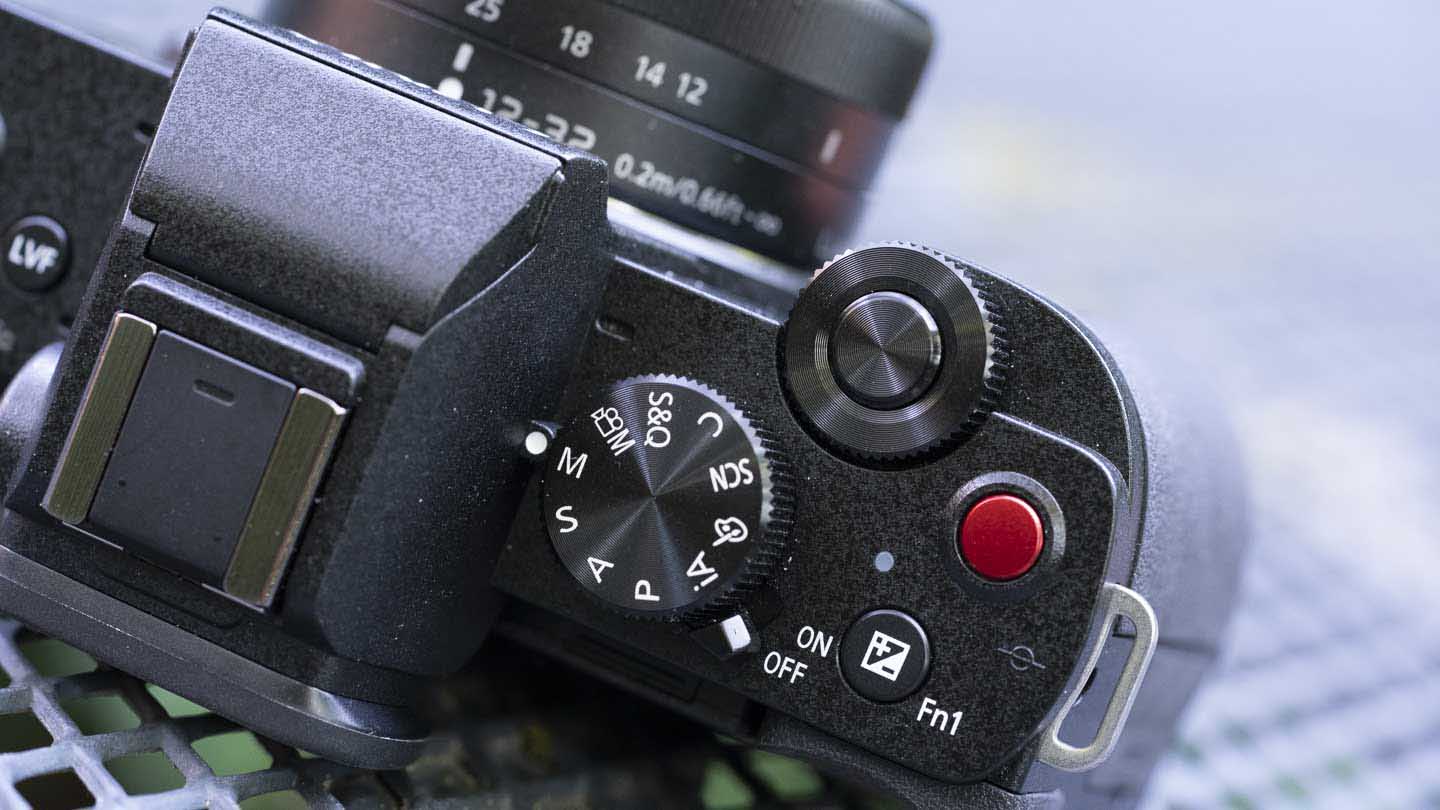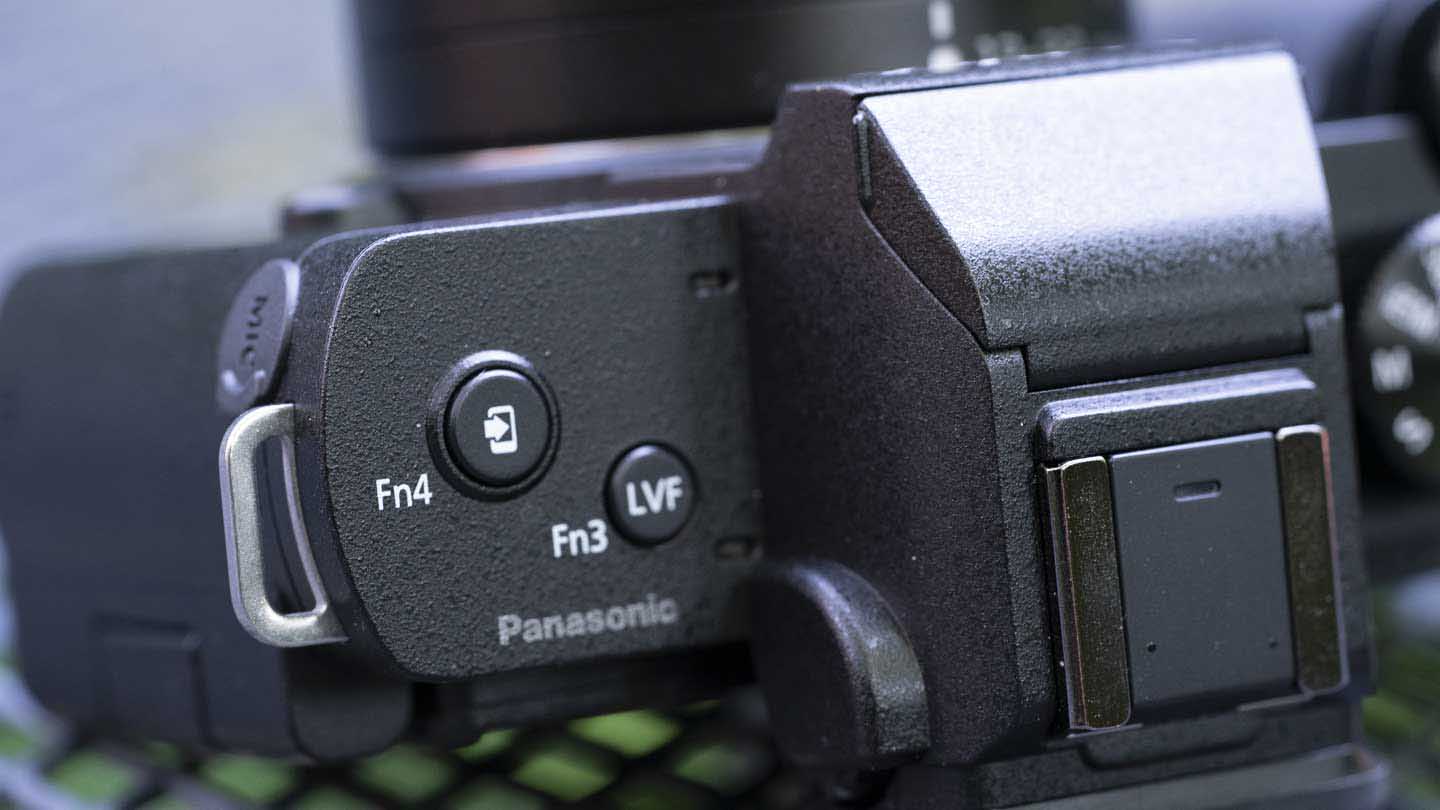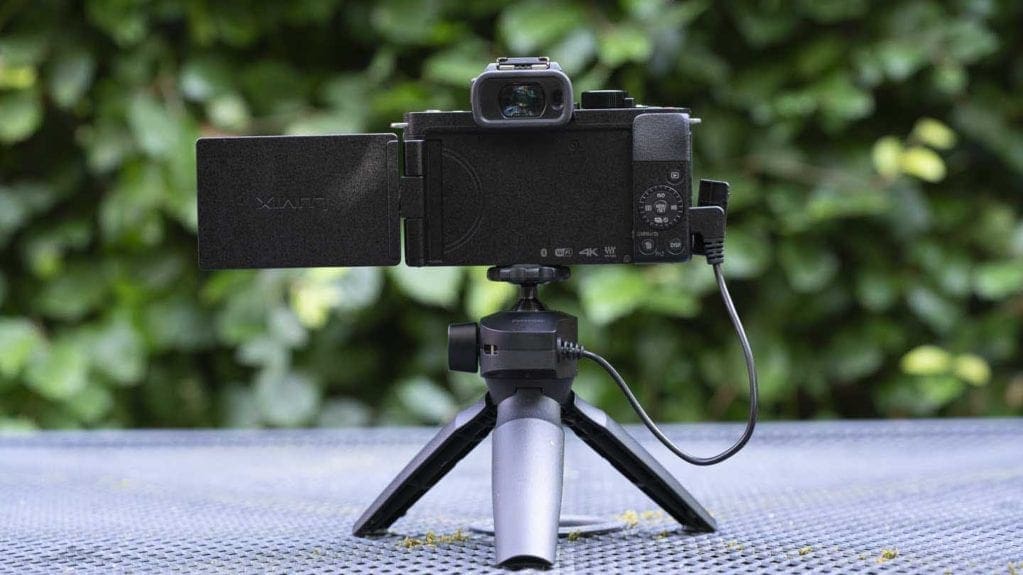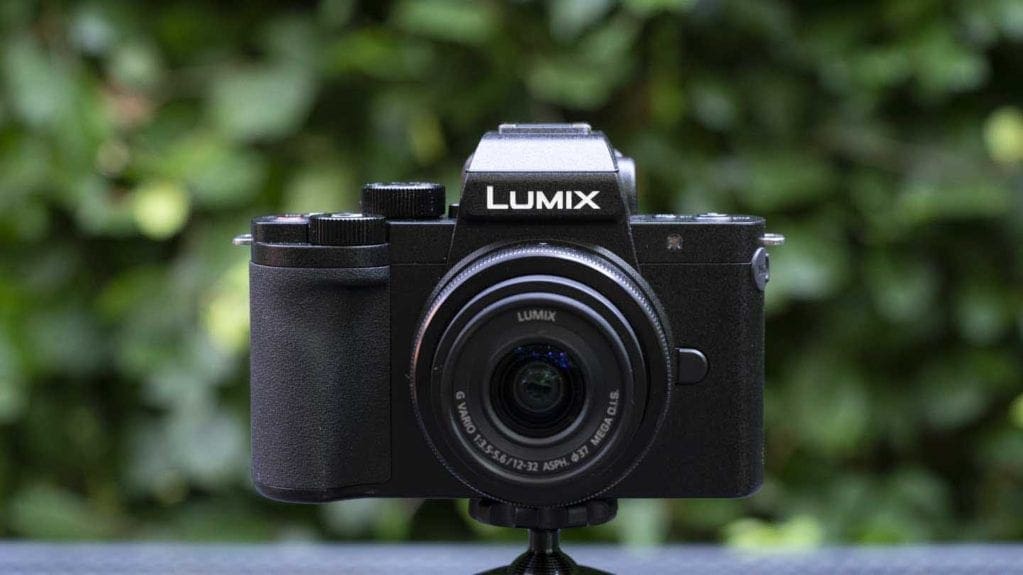Vlogging is a growth area at the moment and Panasonic has a good reputation amongst videographers. Looking to capitalise on these two points, Panasonic has introduced the Lumix G100 which while having features that make it suitable for stills photography, is aimed at novice videographers and vloggers.
Naturally, that means it’s capable of shooting 4K or Full HD video at a selection of frame rates. Something to keep in mind with 4K recording, however, is that there’s a slight crop applied so the 12-32mm kit lens looks a little longer than its usual 24-64mm effective focal length.
Helpfully, the Panasonic G100 has a Rec Frame Indicator that outlines the frame in red when you start recording. There’s also a Frame Marker feature that can be set to indicate the framing of a selection of aspect ratios favoured by some social media channels. The video is recorded as normal but you can preview what’s in the frame with your selected aspect ratio.
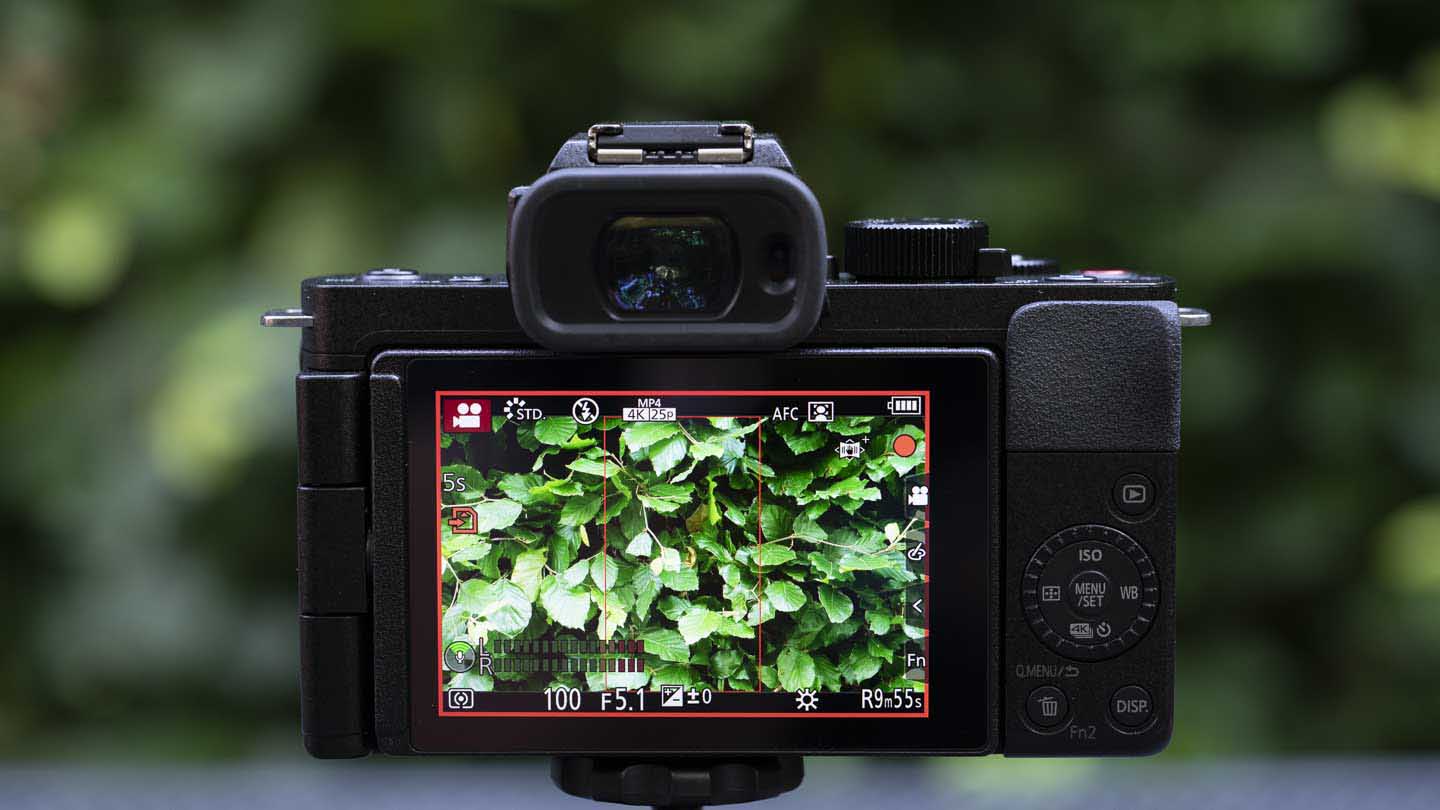
There’s also a Slow&Quick option on the mode dial to ease creating slow motion and quick motions footage. When this is selected, there are menu options to enable 2x, 4x and 8x quick recording or 2x and 4x slow recording. The camera cranks up or reduces the frame rate accordingly and the footage is output at the intended viewing rate so there’s no need to adjust the playback frame rate in post-processing.
While, as usual, the sound isn’t recorded in Slow&Quick mode, the autofocus system does work, which makes the mode more versatile.
Further good news is that the Panasonic G100 has 5-axis hybrid image stabilisation. This combines an in-camera electronic stabilisation system with lens-based stabilisation when a stabilised lens is used.
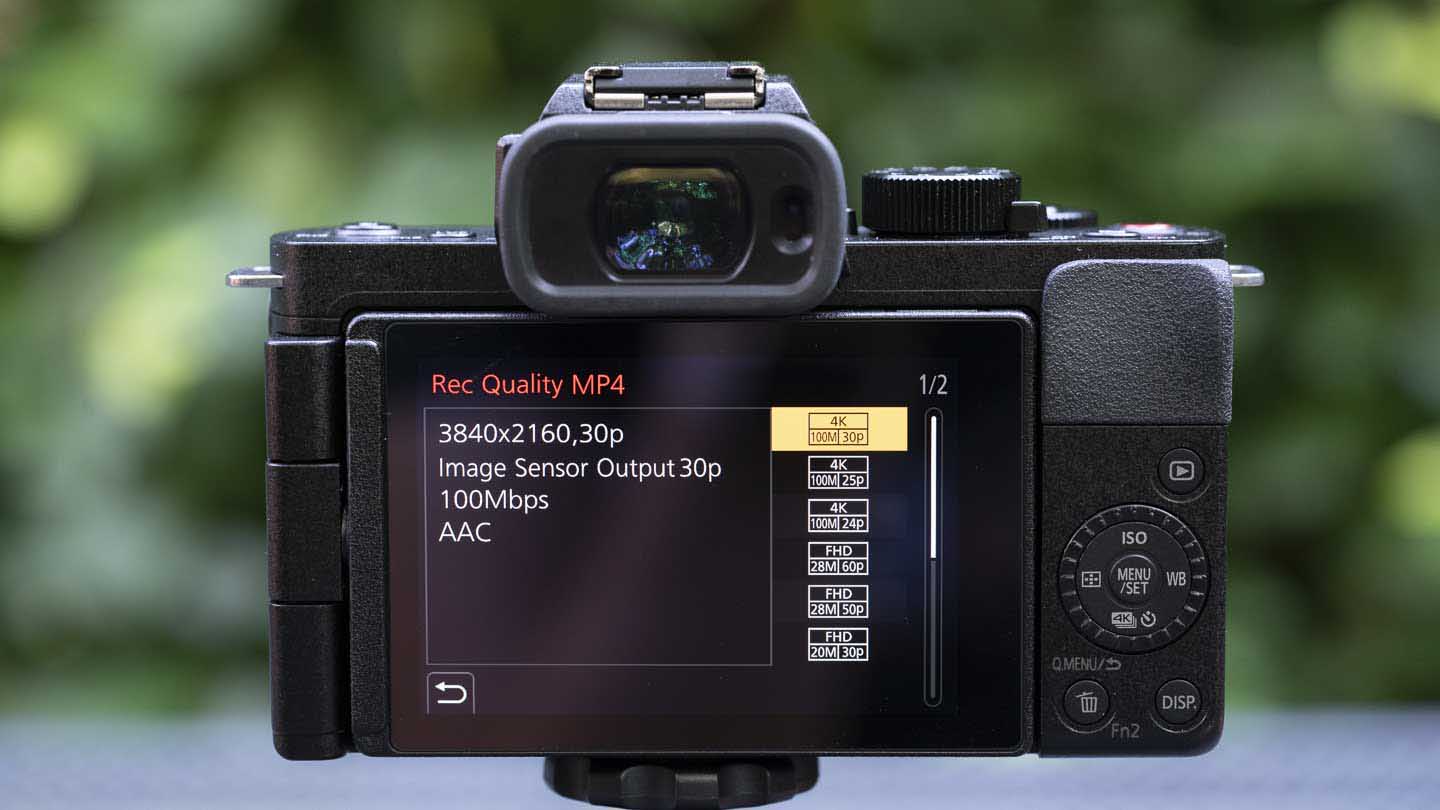
Video Extras
When the Lumix G100’s vary-angle screen is rotated to face forward, the camera switches to selfie mode. And if the video record button is pressed, a countdown from 3 appears on the screen before the recording starts.
If it’s activated via the menu, the G100 also looks for faces and eyes in the frame and focus on them.
Although the G100 has a 3.5mm port to connect an external mic, it also features a spatial audio recording system called OZO Audio by Nokia. This is a first for mirrorless cameras.
In the G100, OZO Audio uses three internal microphones. It can also work in tandem with the face detection focusing to track the person talking and optimise the audio for them.
Alternatively, the mic can be set to Auto, Surround, Front or Back, depending upon where you anticipate the most important sounds will be coming from.
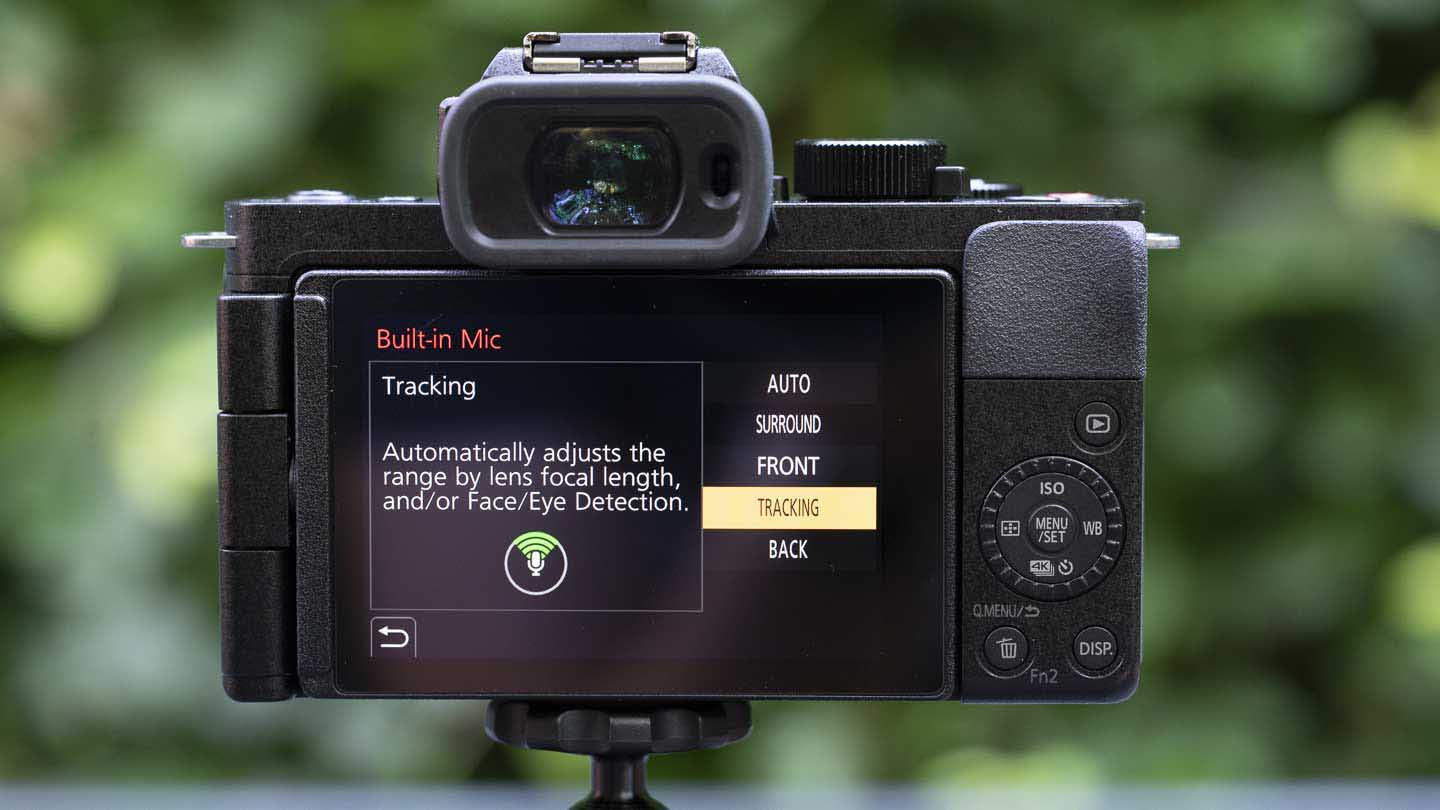
While some of the video features are designed to help beginners or non-videographers create content, there are some attractive features for more experienced shooters. For example, amongst the usual Photo Styles (Standard, Vivid, Natural, Monochrome, L. Monochrome, L. Monochrome D, Scenery, Portrait and Custom), there’s Cinelike D, Cinelike V and (more significantly) V-Log L. The later produces low contrast, low saturation footage that’s more suited to post-capture grading than the results from the other modes.
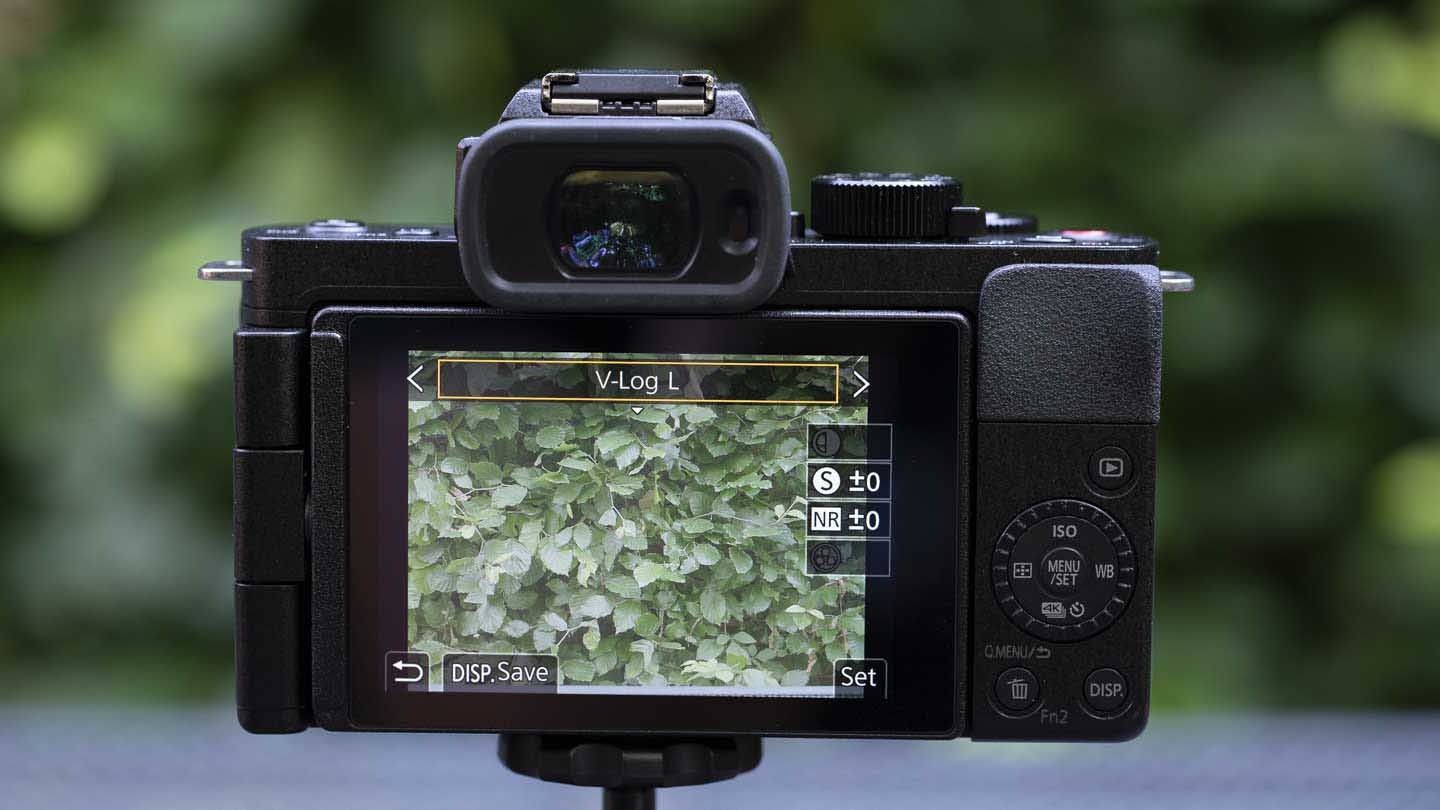
Also, while it’s possible to let the camera take control of exposure when you’re shooting video, you can take full manual control if you prefer. Aperture and shutter priority modes are also on-hand.
Stills Features
Although the Panasonic G100 is aimed at vloggers, it still has the features you’d expect from a stills camera.
As it’s a Micro Four Thirds camera, the G100 can also accept any of the now huge range of Micro Four Thirds lenses from Panasonic, Olympus and others.
Crucially, there’s a 3,480,000-dot electronic viewfinder built-in. That’s really useful when the sun is shining on the screen on the back of the camera. It makes it much easier to assess exposure and colour as well as composition.
In addition, there’s a small pop-up flash and a hotshoe for attaching an external flashgun.
It’s also nice to see a customisable button which by default is set to send images or video to a previously paired smartphone or tablet.








